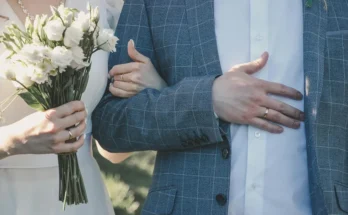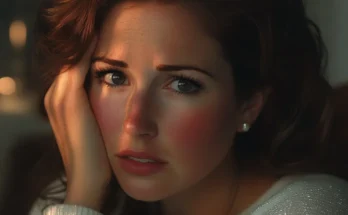I was a 70-year-old former electrician, facing the profound loneliness after the death of my wife, Marlene, six years ago from cancer. But the hardest blow came three years ago when our 33-year-old daughter, Emily, was hit by a drunk driver, shattering her spine. The necessary specialized neurotherapy and robotic gait training that could offer her a chance at full recovery were far beyond anything I could possibly afford. Most of what I owned was already gone, spent on her initial surgeries. I had no savings tucked away for such a miracle, so I began to paint every night after Emily was asleep, trying to shake off my rust as an artist.
I painted memories: old country roads, cornfields bathed in morning fog, and rusty mailboxes. My style, heavy and grounded, was in oils. I eventually felt brave enough to bring my canvases to the park, hoping to sell a piece or two. People would stop, smile, and find a small connection in the landscapes that felt like home. This tiny interaction kept me upright, but the brutal winter nearly destroyed my hands and my hope. Some days I made only twenty dollars, sometimes not even a dollar. Yet, Emily always smiled, reassuring me that somebody would see what I was doing, saying, “They’ll feel it.”
Then came the cool afternoon in early fall when everything irrevocably changed. I was painting near my bench when I heard a soft whimper. I looked up and saw a little girl, perhaps five years old, wearing a pink jacket that was too big for her, crying softly. She was lost, having wandered away from her school group. I gently invited her to sit with me, giving her my coat to keep her warm. To distract her from her sobs, I told her the story of a brave princess. By the time the story ended, Lila was giggling through her tears, clutching her stuffed bunny.
After I called the police to report a lost child, only fifteen minutes later, a man in a dark suit came sprinting toward us, tie flapping. “Lila!” he called out. She squealed, “Daddy!” and ran straight into his arms. His relief was palpable, a sound of a man who thought he’d never see his daughter again. He turned to me and asked what he could do to thank me. I shook my head, only asking him to ensure Lila knew she was loved. He quietly nodded, told me his name was Mr. Hale—owner of Hale Industries—and handed me his business card, insisting I call him if I ever needed anything at all.
The next morning, just after breakfast, a loud, rhythmic honk announced a large pink limousine parked outside our modest house. Mr. Hale stepped out and immediately walked up to the door. He told me he loved the paintings, especially the themes of home. He made me a life-changing offer: he would buy every single one of my existing paintings and offered me a salary to paint for his new community center downtown. He emphasized this was not charity but admiration, insisting my art was “unbelievably special” and that he wanted thousands of people to admire it.
I sat there in stunned silence, eventually agreeing, forcing out my thanks. That colossal check was the true miracle. It allowed Emily to start her specialized neurotherapy. Now, six months later, she has finished her treatment and is walking short distances with a walker, demonstrating incredible determination. I still paint every day, but now from a real studio. On weekends, I return to that same park bench, just to remember. I kept one painting for myself: a little girl in a pink jacket, standing by the ducks—the one encounter that changed both my life and Emily’s life forever.


